Sa Pa is a land of enchanting fog, where majestic natural beauty and unique national cultural identity converge, and has long been an attractive destination for domestic and foreign tourists. Among the countless ways to explore this land, a new trend has emerged, creating a difference and bringing more unique experiences: Sa Pa Tourist Passport.
Not just a simple scrapbook, but also an interesting journey of discovery through each stamp. And the person behind this unique idea is Ho Tan Tai, a travel blogger with a passion for traveling with the desire to bring something new to Vietnam tourism.
Sa Pa tourist passport is being "hunted" by tourists.
The birth of Sa Pa tourist passport
Ho Tan Tai, commonly known as Win Di, is a famous travel blogger with inspiring trips throughout Vietnam. He is not just a tourist, but also always looking for ways to bring new values to the travel community. During his visits to Sa Pa, he realized that tourists often only check-in with photos or videos , but there is no way to truly personalize and create lasting memories.
Ho Tan Tai - author of Sa Pa tourist passport.
Inspired by the travel passports that appeared in Japan and Europe, where visitors could collect stamps from the places they had visited, Ho Tan Tai came up with the idea of creating a version specifically for Sa Pa. Instead of just stopping at photos, visitors will have a "passport" filled with stamps from special attractions, each stamp as a mark of the journey.
The journey to realize the idea of creating a Sa Pa tourist passport
Ho Tan Tai was not alone in turning this idea into reality. He cooperated with the Lao Cai Tourism Association, especially Mr. Pham Cao Vy, Chairman of the Association, to ensure that the Sa Pa tourist passport project was not just a short-term trend but also had sustainable value. The design of the passport, the selection of the stamping location and the production of the stamp were all done systematically.
Sa Pa is not only famous for its "city in the mist" symbol, majestic landscapes and national cultural identity, but has now also become an interactive journey of discovery through a travel passport.
Initially, Sa Pa tourist passports were only available at some prominent tourist attractions, but after seeing the strong response from tourists, the network of stamping points was expanded. Currently, there are 12 official stamping points, including famous landmarks such as:
- Fansipan Peak - "Roof of Indochina" with spectacular scenery.
- Sa Pa Stone Church - Ancient architectural symbol in the heart of town.
- Cat Cat Village - Cultural village of the H'Mong people with check-in corners typical of the Northwest.
- Muong Hoa Valley - One of the most beautiful valleys with lush green terraced fields.
- O Quy Ho Heaven Gate - A place with a beautiful view down the valley and rolling mountains.
- Ta Phin Village - Famous for its traditional craft villages and beautiful scenery.
Each location has its own stamp in the Sa Pa tourist passport, bearing the typical image of that place, helping visitors to collect and save the imprints of their trip in a very special way.
Currently, Sa Pa tourist passports are sold at some hotels in Sa Pa.
The attraction of Sa Pa tourist passport
Just a short time after its launch, the trend of collecting stamps in Sa Pa tourist passports quickly spread on social networks, especially TikTok and Facebook. Thousands of tourists eagerly hunt for the stamps, turning the discovery of Sa Pa into a challenging and exciting journey.
Sa Pa tourist passport helps tourists have many new experiences
Foreign tourists enjoy the experiences that the Sa Pa passport suggests.
In the past, Sa Pa tourism mainly revolved around taking photos and enjoying the cuisine, but with the Sa Pa tourist passport, visitors have an additional reason to go further and explore more. Each stamp is not just a print, but also a testament to the places they have visited, the people they have met and the memorable moments on the journey.
Sa Pa tourist passport helps promote sustainable tourism development
The Sa Pa Passport not only provides visitors with an enjoyable experience but also motivates the development of community tourism. By collecting stamps, visitors will visit more places, contributing to increasing revenue for local businesses, from small cafes to homestays and traditional craft villages.
Creative idea of Ha Giang tourist passport and Sa Pa tourist passport by Ho Tan Tai and his friend.
Sa Pa tourist passport helps enhance social interaction
Another interesting thing is that the Sa Pa passport helps tourists connect with each other. Many groups of young people have formed "stamp hunting" clubs, traveling together to villages, helping each other find stamping points, or even setting challenges to see who can collect the full set of stamps the fastest.
The future of Sa Pa tourist passport
Sa Pa tourist passport helps local tourism to develop more in the future.
Ho Tan Tai said that he and his team working on the Sa Pa passport will not stop there. He is planning to expand this model to many other localities, in order to bring new experiences to tourists when exploring other lands of Vietnam. Places with high potential for the next project include: Da Lat with poetic landscapes and vintage cafes; Con Dao with pristine beaches and historical imprints.
This project is not simply a tourism product, but also has the meaning of connecting people with the nature, culture and history of the land they set foot on.
The Sa Pa Tourist Passport is a testament to how creativity can change the way we experience travel. Thanks to Ho Tan Tai’s bold and passionate idea, visitors to Sa Pa now not only take photos, but also preserve memories in a more special way.
If you are a travel enthusiast and love to explore new things, try to get a Sa Pa passport, wander around the villages, conquer the mountain roads and collect a full set of stamps. Because who knows, on that journey, you will find not only travel imprints, but also unforgettable memories in life!
Another interesting thing is that the Sa Pa passport helps tourists connect with each other.
Many groups of young people have formed "stamp hunting" clubs, traveling together around villages, helping each other find stamping spots, or even setting challenges to see who can collect the full set of stamps the fastest.
By collecting stamps, tourists will visit more locations, contributing to increased revenue for local businesses, from small cafes to homestays and traditional craft villages.
According to giadinh.suckhoedoisong.vn
Source: https://baolaocai.vn/hanh-trinh-kham-pha-vung-dat-mu-suong-qua-cuon-ho-chieu-du-lich-sa-pa-post398974.html


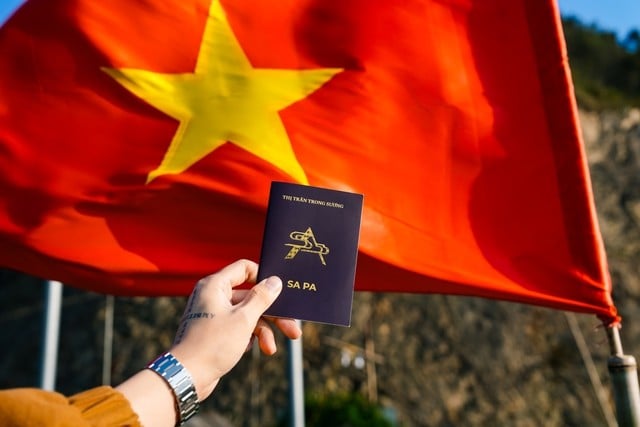

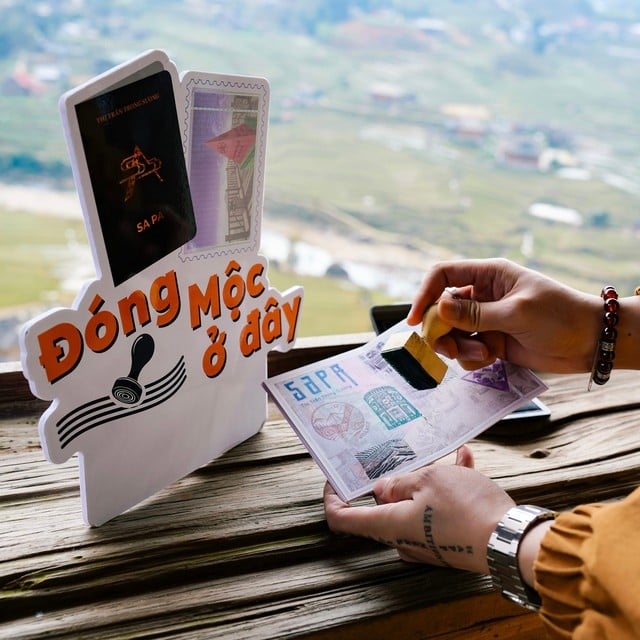

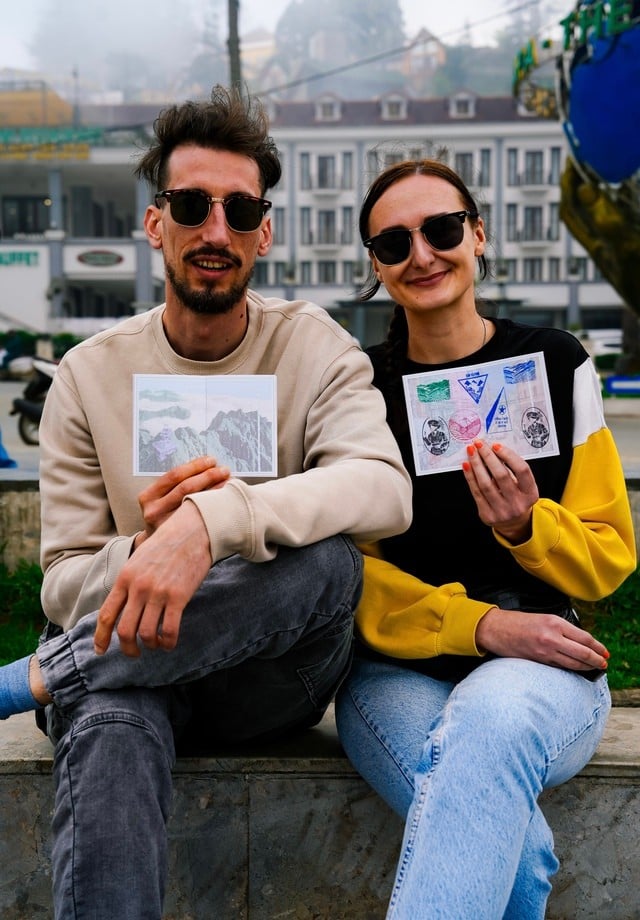



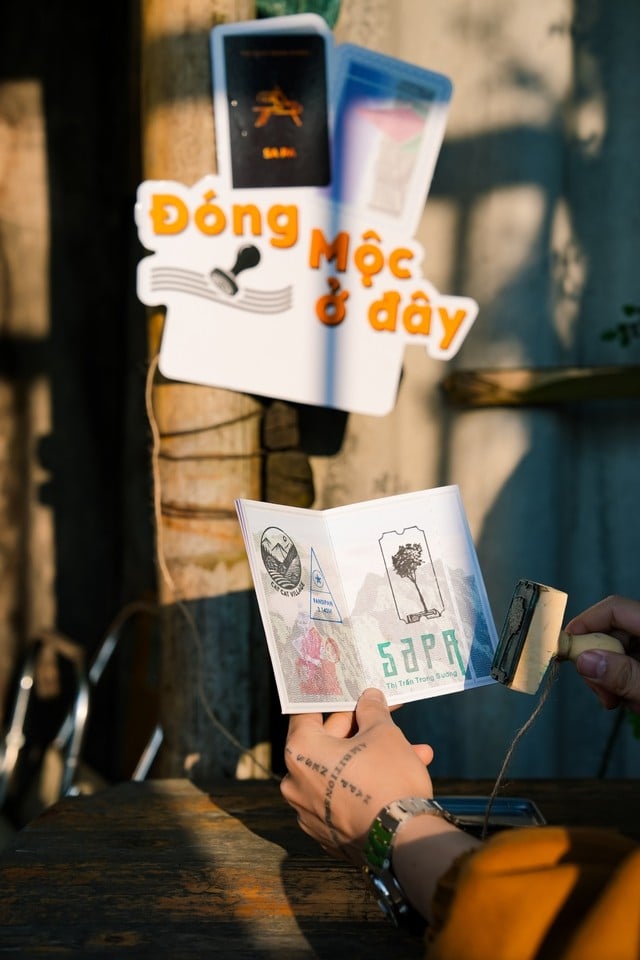

![[Photo] General Secretary To Lam attends the 8th Congress of the Central Public Security Party Committee](https://vphoto.vietnam.vn/thumb/1200x675/vietnam/resource/IMAGE/2025/10/4/79fadf490f674dc483794f2d955f6045)


![[Photo] Bustling Mid-Autumn Festival at the Museum of Ethnology](https://vphoto.vietnam.vn/thumb/1200x675/vietnam/resource/IMAGE/2025/10/4/da8d5927734d4ca58e3eced14bc435a3)

![[Photo] Solemn opening of the 8th Congress of the Central Public Security Party Committee, term 2025-2030](https://vphoto.vietnam.vn/thumb/1200x675/vietnam/resource/IMAGE/2025/10/4/f3b00fb779f44979809441a4dac5c7df)




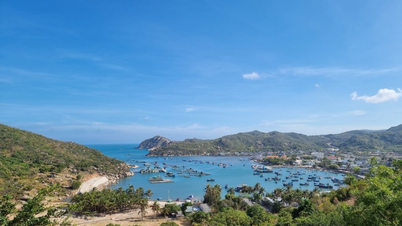


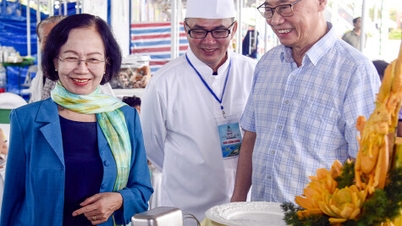





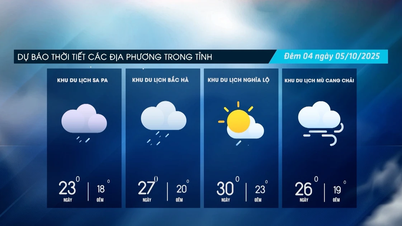
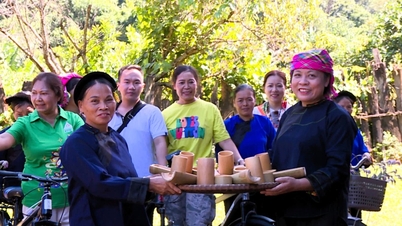

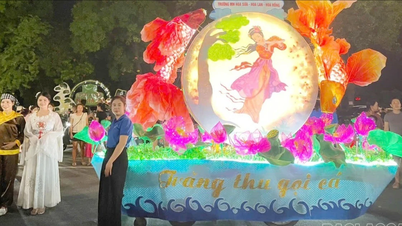










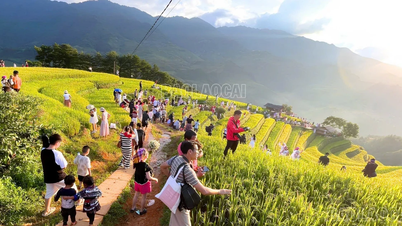








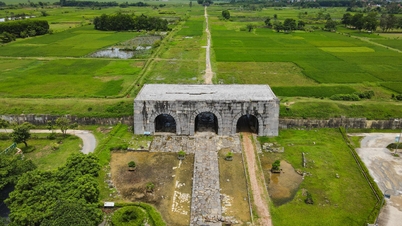
















![[VIDEO] Summary of Petrovietnam's 50th Anniversary Ceremony](https://vphoto.vietnam.vn/thumb/402x226/vietnam/resource/IMAGE/2025/10/4/abe133bdb8114793a16d4fe3e5bd0f12)

![[VIDEO] GENERAL SECRETARY TO LAM AWARDS PETROVIETNAM 8 GOLDEN WORDS: "PIONEER - EXCELLENT - SUSTAINABLE - GLOBAL"](https://vphoto.vietnam.vn/thumb/402x226/vietnam/resource/IMAGE/2025/7/23/c2fdb48863e846cfa9fb8e6ea9cf44e7)









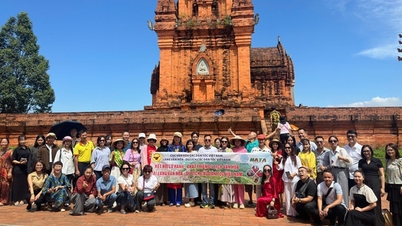











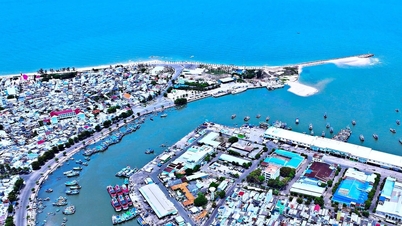
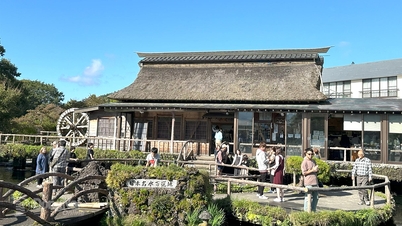




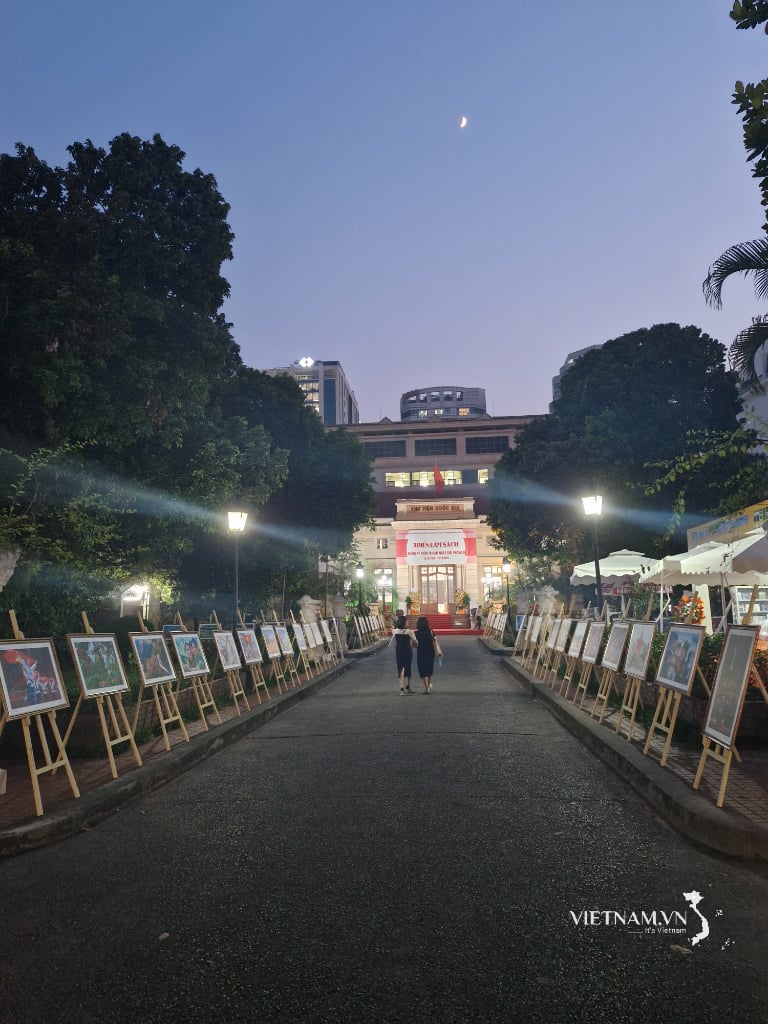



Comment (0)